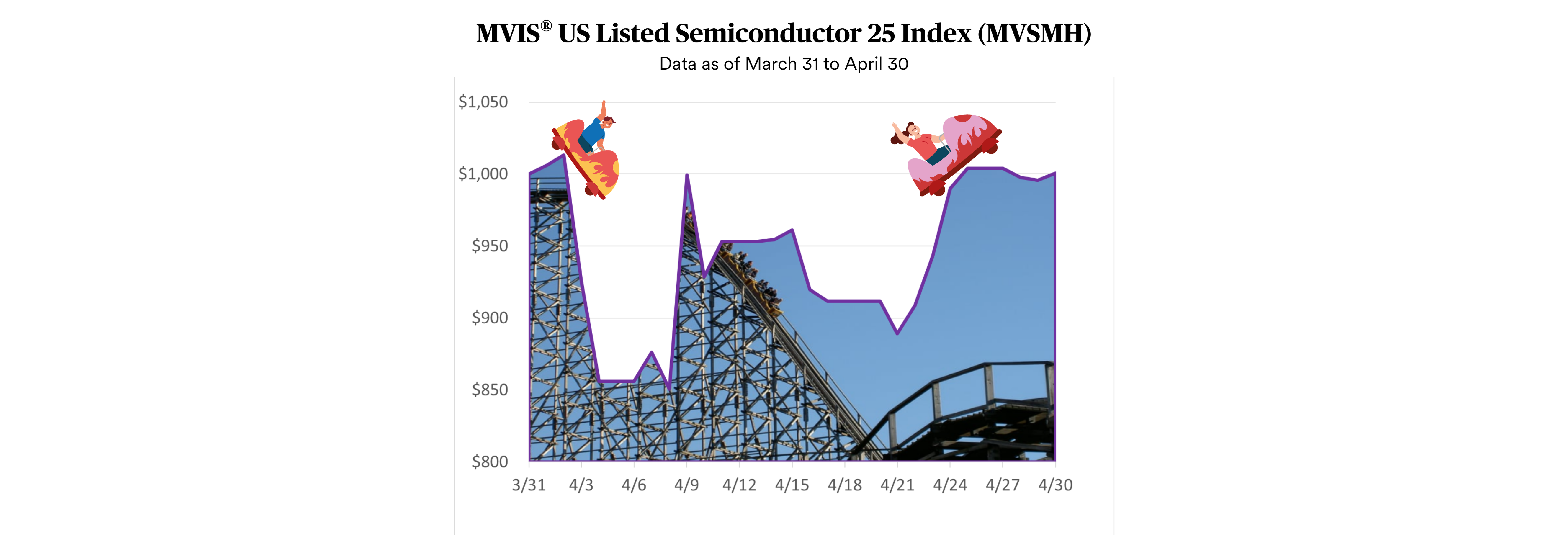In the world of digital assets, there is a lot of talk about decentralized software and its benefits. But what many people don't realize is that for decentralized software to truly be decentralized, the hardware supporting it must also be decentralized. This is where infrastructure comes into play.
Infrastructure projects, such as decentralized file storage, wireless internet, and cloud computing, are necessary for the growth of the new decentralized internet, also known as Web3. Without these infrastructure projects, the decentralized software would be vulnerable to censorship. A token model can help to bootstrap these projects.
When coupled together, these infrastructure protocols function like LEGOs, allowing developers to construct new and beneficial user-facing Web3 applications. For example, the development of Chainlink oracles has enabled the creation of lending and borrowing platforms like AAVE and Compound.
In short, for decentralized software to truly be decentralized and for Web3 to grow, we need decentralized infrastructure. So, next time you hear about decentralized software, remember that it's not just about the software, it's also about the hardware.
MVIS® CryptoCompare Infrastructure Application Leaders Index
24/1/2022-24/1/2023

Source: MarketVector IndexesTM, data as of January 24, 2023.
This topic is explored in some more detail in a whitepaper published in our MVIS Insights of “Infrastructure Applications_The Picks and Shovels of the Digital Asset Revolution.pdf”.
Get the latest news & insights from MarketVector
Get the newsletterRelated:
About the Author:
Martin Leinweber works as a Digital Asset Product Strategist at MarketVector IndexesTM providing thought leadership in an emerging asset class. His role encompasses product development, research and the communication with the client base of MarketVector IndexesTM. Prior to joining MarketVector IndexesTM, he worked as a portfolio manager for equities, fixed income and alternative investments for almost two decades. He was responsible for the management of active funds for institutional investors such as insurance companies, pension funds and sovereign wealth funds at the leading German quantitative asset manager Quoniam. Previously, he held various positions at one of Germany's largest asset managers, MEAG, the asset manager of Munich Re and ERGO. Among other things, he contributed his expertise and international experience to the establishment of a joint venture with the largest Chinese insurance company PICC in Shanghai and Beijing. Martin Leinweber is co-author of “Asset-Allokation mit Kryptoassets. Das Handbuch “(Wiley Finance, 2021). It’s the first handbook about integrating digital assets into traditional portfolios. He has a Master in Economics from the University of Hohenheim and is a CFA Charter holder.
For informational and advertising purposes only. The views and opinions expressed are those of the authors but not necessarily those of MarketVector Indexes GmbH. Opinions are current as of the publication date and are subject to change with market conditions. Certain statements contained herein may constitute projections, forecasts and other forward-looking statements, which do not reflect actual results. It is not possible to invest directly in an index. Exposure to an asset class represented by an index is available through investable instruments based on that index. MarketVector Indexes GmbH does not sponsor, endorse, sell, promote or manage any investment fund or other investment vehicle that is offered by third parties and that seeks to provide an investment return based on the performance of any index. Inclusion of a security within an index is not a recommendation by MarketVector Indexes GmbH to buy, sell, or hold such security, nor is it considered to be investment advice.




